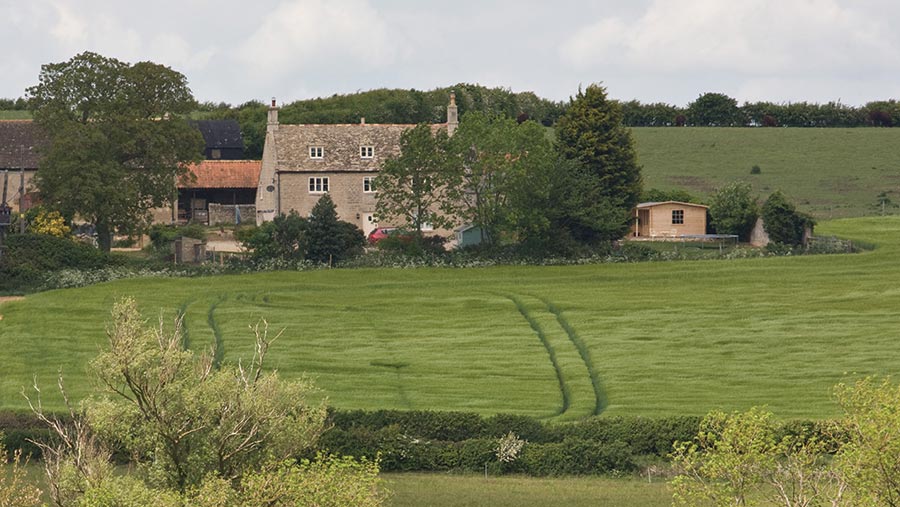Advice on securing a long-term lease with a care home let
 © Tim Scrivener
© Tim Scrivener Letting houses to residential care home providers is becoming an increasingly popular option for farmers looking for secure, long-term leases.
It can be difficult for a landowner to know what to do with an empty farmhouse, especially as general letting arrangements may not be worth the necessary renovation and refurbishment costs.
By entering an agreement with, for example, a children’s care home, higher than average rents can be achieved, a long-term tenancy can be arranged, and the costs of updating the property can be shared between the provider and the property owner.
See also: So you want to… let land and property?
Stronger tenant rights
Property consultant Galbraith has several clients who are doing this in Scotland and England.
Charlotte MacLean, Galbraith senior associate, says the traditional lettings market has become more difficult for landlords lately due to increased legislation protecting the rights of tenants.
The introduction of private residential tenancies in Scotland in 2018, which effectively gives tenants security of tenure, has acted as a deterrent to many residential landlords, she says.
The UK government’s consultation on abolishing Section 21 notices closed in October 2019.
If approved, it will be increasingly difficult for a landlord to end a contract with a tenant, unless rent has not been paid for a prolonged period or they have engaged in anti-social behaviour.
“This is likely to come into force soon in England, making tenants’ rights stronger,” says Ms Maclean.
“In addition, ever-increasing legislation surrounding residential tenancies means the cost of bringing them up to modern letting standards can be high, particularly if they have been occupied by long-term tenants.”
Supporting charities
Many of Galbraith’s clients in the central belt of Scotland have been letting out properties on semi-commercial leases to children’s care providers, which has the dual benefit for the landowner of a secure income stream while supporting a local charity.
Under a purely residential tenancy, the landlord must undertake all renovation work on a speculative basis with no guarantee of a good long-term tenant on completion, says Ms Maclean.
However, under a care home lease, the specification of the property can be agreed up front with the charity, in the knowledge that there will be a tenant in place on a strong rent for at least five to 10 years.
“Rental levels achieved are often higher than those under a purely residential tenancy, due to the difficulty for charities of finding suitable properties on a long-term basis and the perceived risk of damage to the property,” she says.
“Under a well-structured lease the charity is responsible for ensuring these concerns are addressed, and both parties know who is responsible for each aspect of repairs and maintenance.”
The charities look for rural properties large enough to accommodate three children and at least one carer overnight, so large farmhouses are ideal.
The house benefits from being well heated and maintained by the charity, which can be a concern when letting such houses under residential leases due to the relatively high running costs.
Although the landlord is not absolved of all maintenance responsibility, the charities often undertake some general maintenance work through their in-house teams.
In contrast to a residential lease, there is no concern over potential void periods in winter, when security and burst pipes can be a concern.
The ideal farmhouse would:
- Have at least three bedrooms
- Be located preferably in the urban fringe or not far from a town
- Have easy vehicle access (such as a tarmacked road leading to the property)
- Be in a reasonable condition.
One example in England of a farmer doing this, via Galbraith, involves a 35-year lease of a large property in the Borders to a care home company.
Another Galbraith client, Caledonian Estate, has two tenancies with care charities near Glasgow, one of which has been in place for more than 10 years.
The other property is a former farmhouse, currently undergoing substantial renovation, which has been let to a care charity to house three children for 10 years.
Caledonian Estate’s Rich Oliver says: “Although the cost of the renovations was substantial, as a business it was reassuring to know that before we committed to such expenditure, we had secured a long-term income stream.
“We are delighted that, through these initiatives, we are able to provide young people somewhere they can call home.”
